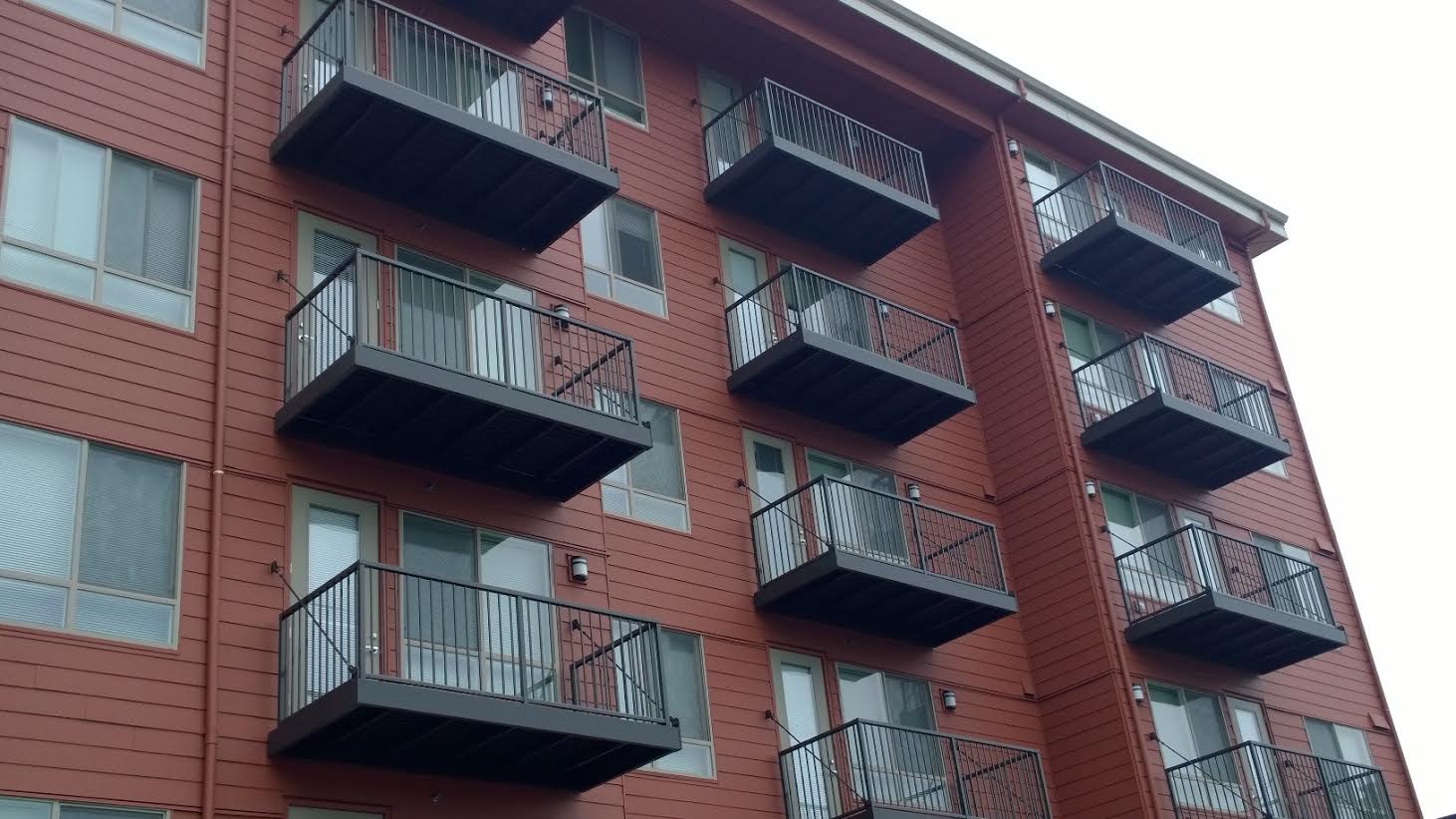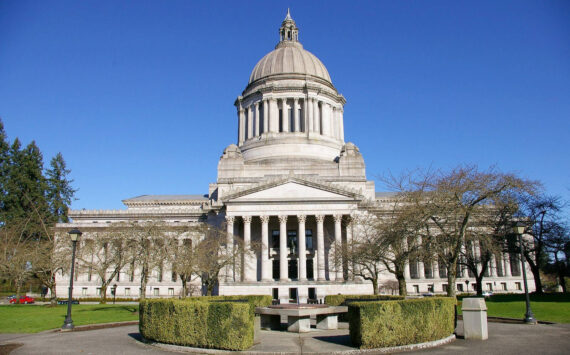By Morf Morford
Tacoma Daily Index
Is gentrification the solution to most of our urban problems? Or is it the problem? Or is it the solution that makes our urban problems worse?
How about a definition first: to put it simply, gentrification is when a neighborhood becomes wealthier, younger and (usually) whiter. This presumes that the neighborhood had been, at the very least, leaning in the opposite direction of each of these areas.
There’s nothing new about the term “gentrification.” It emerged as an urban vocabulary term in the 1960s. It was a term and concept that gained currency in the 1980s and ‘90s and has taken off with a vengeance since 2000.
Long-term studies of cities have shown that almost all neighborhoods change over time; they prosper and decline, are re-discovered and abandoned again.
People have choice about where they move or start a business. Or at least some people do.
Wealthy people have more choice; they can afford to buy neglected buildings in forlorn neighborhoods and have access to the means to rehabilitate them.


Photo by Morf Morford
In other words, they go where they want to go – the rest of us go where we can afford to. (https://www.citylab.com/transportation/2015/11/why-the-wealthy-have-been-returning-to-the-city-center/416397/?utm_source=SFFB)
Gentrification is never the result of one person or one choice – it’s the accumulation of multiple choices, the momentum of investments.
Two elements confirm gentrification: mass transit and good public schools.
Transit is basically shorthand for access; jobs, airports, entertainment and major transportation hubs are immediately available.
“Gentrification” is really a two-dollar word for urban momentum – an increase in density, construction, and rehabilitation and, of course, cost.
Gentrification can be a blurry term to define, but an easy benchmark would be a dramatic increase in rents and real estate prices in general.
In a sense, the biggest problem with gentrification is not so much who has it – but is instead who doesn’t have it.
We may love or hate gentrification, but living with it is usually better than being excluded by it.
The most extreme gentrifying areas have limited space (like San Francisco, New York City and Seattle) combined with seemingly unlimited attention and bidding wars. Investors are willing to pay far more than the market value because they assume that the next buyer will pay even more.
But in the sprawling suburban distance, or in the darkest urban corners, these cities also have neighborhoods continuing to decline. Food deserts, geographic isolation and decline in real estate values are only a few characteristics of these neglected shadow areas where poverty becomes ever more concentrated and extreme.
Many of my students live in these neighborhoods. For most of them, the way out, the route to a stable life (in any sense-financial, relational or even a reasonable expectation of safety and stability) is mostly blocked – and even the idea of advancement is dismissed by peers, parents and teachers. The much-discussed ‘public school to prison pipeline’ is no abstraction to many of my students – it is one of the strongest currents in their lives.
Their siblings, parents and neighbors are largely negative role models. Their positive options are few and they lack knowledge of how to navigate the legal system, the academic process or professional career track.
On the other hand, obstacles and diversions are multiple and immediate; unplanned pregnancies, legal complications, court dates, relationship problems and innumerable health problems seem to be constant.
Even the basics, like regular meals, a decent night’s sleep or personal safety at home are inconceivable luxuries for many of them.
In short, the problem is not so much gentrification but the inherently unequal distribution of advantage and opportunity.


Unlike just a few years ago, our cities are devolving into clusters of opportunity and clusters of dislocation, squalor and desperation. And as the chasm widens between the two, conflicts will increase.
Gentrification has two primary negative consequences: the locked-in fossilization of the barriers between the haves and the have-nots and the perpetuation of the monotony of culture that Jane Jacobs railed against that suffocated the inherent vitality of a thriving neighborhood that fosters creativity and entrepreneurship.
In fact Jane Jacobs would say that in every neighborhood we have the choice between absentee landowners and slumlords or the pride and care of affordable individual and family home ownership.
We can have fortress-like gated communities of abundance with third-world style poverty across the street or next door. We can keep educational and career opportunities to ourselves (and people like us) or we can facilitate the real American Dream – where the dream of safety, security and personal success is truly available to everyone.
Good schools, safe streets and attractive neighborhoods are any city’s best investment.
The days of a stable middle-class, with, literally, equal educational and economic opportunity for all, seems like a long-lost dream.
Our economic system, like our political system, operates best when every voice is heard, each person is respected and every talent is allowed to flourish.








